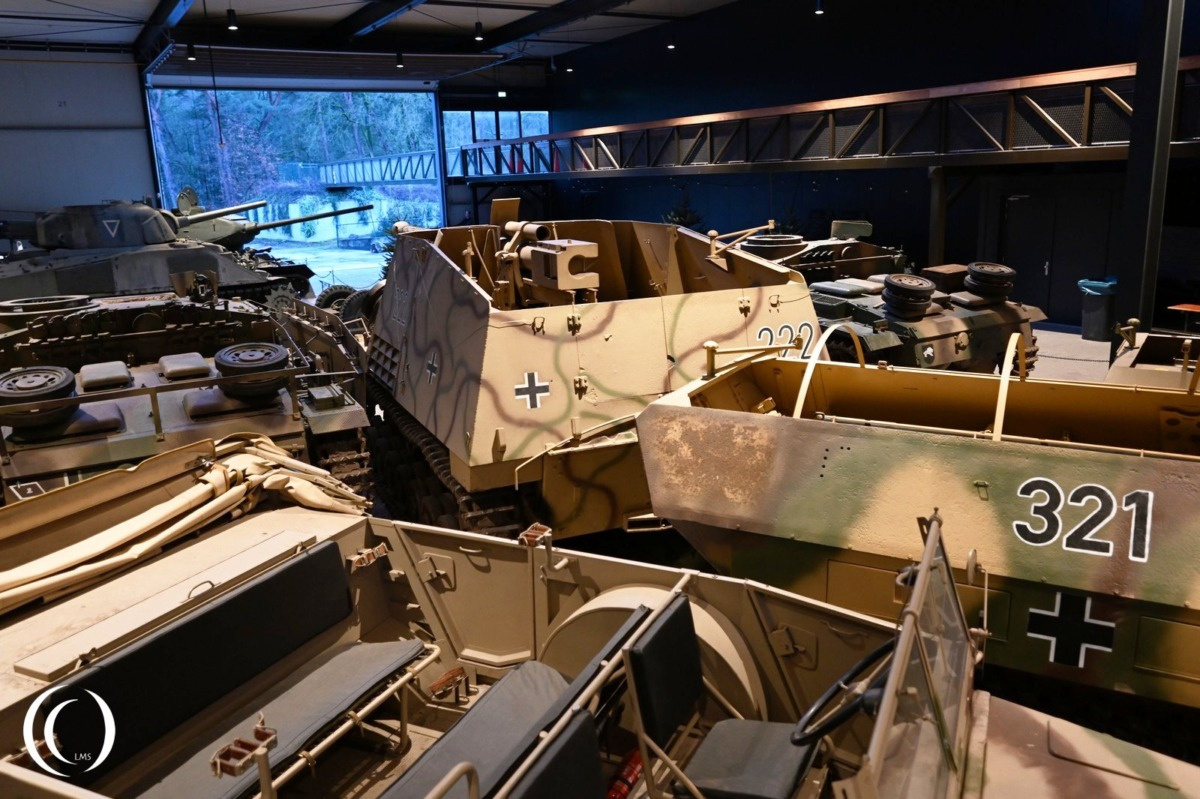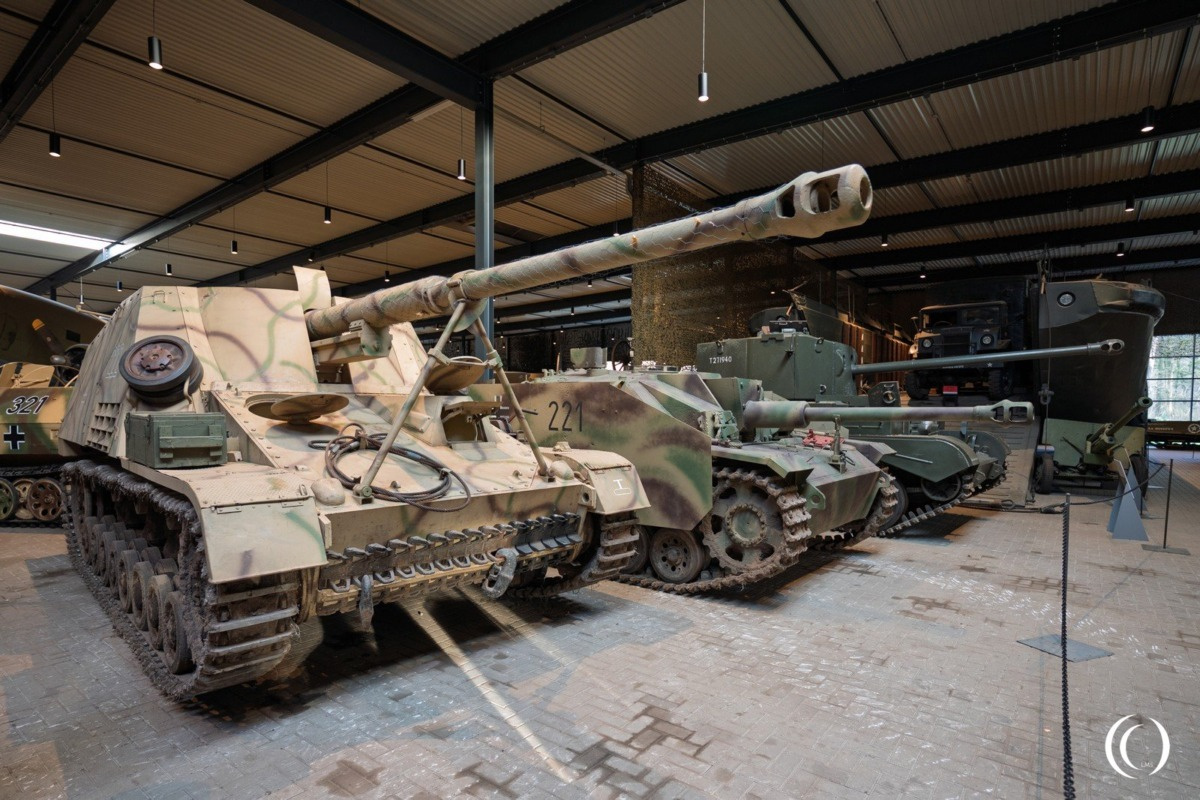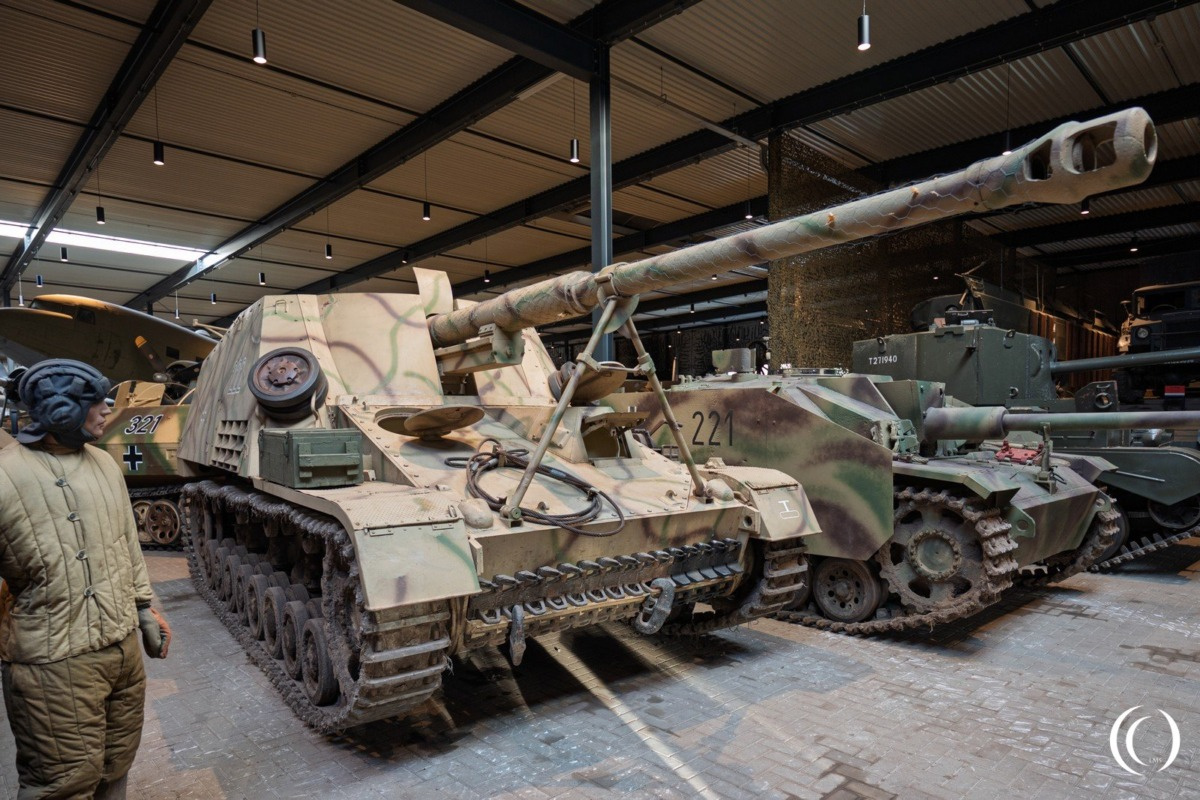
Originally the self-propelled gun was named; 8,8 cm PaK 43/1 auf Fgst. Pz.Kpfw. III/IV (SF) (Sd.Kfz. The Nashorn (“rhinoceros” in German), originally designated Hornisse (“hornet”), was a German self-propelled anti-tank gun developed and deployed during World War II. Introduced in 1943, the Nashorn was intended as a stopgap measure to provide German armored forces with a mobile platform for the powerful 8.8 cm Pak 43 anti-tank gun. Though lightly armored, it proved effective due to its high firepower and ability to engage enemy armor at long ranges.
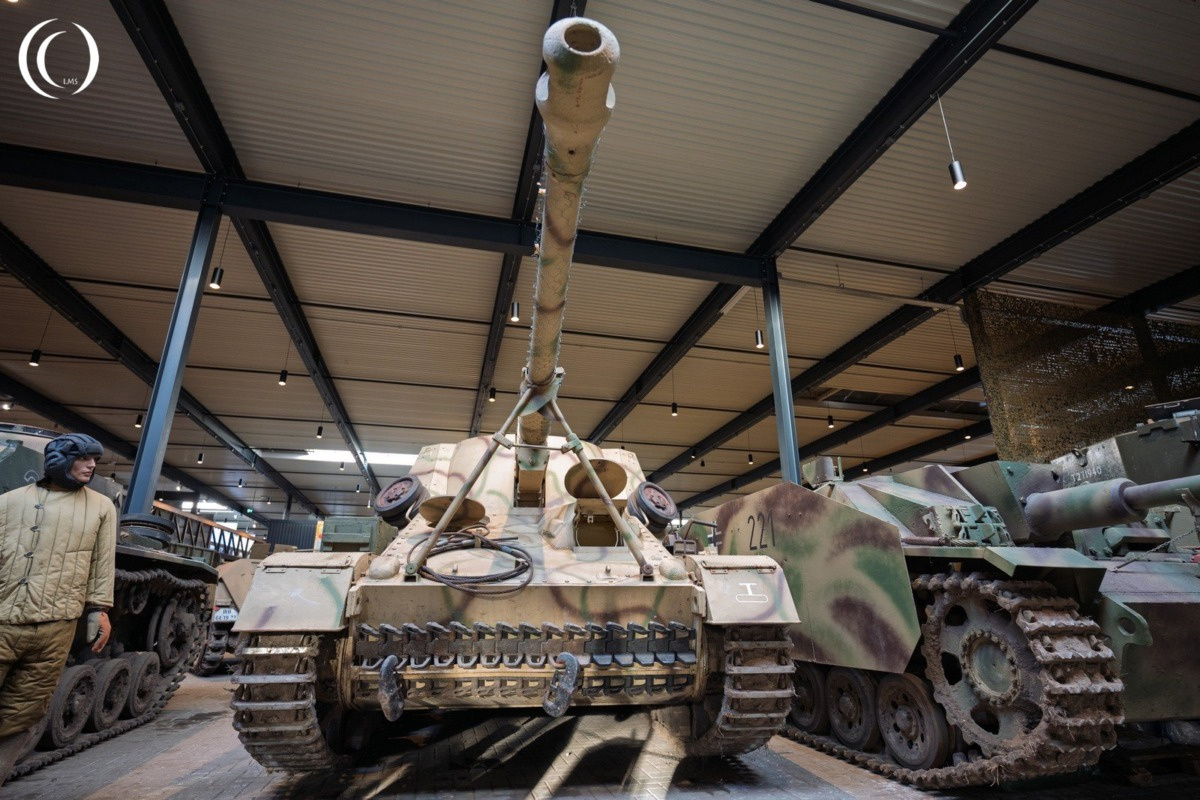
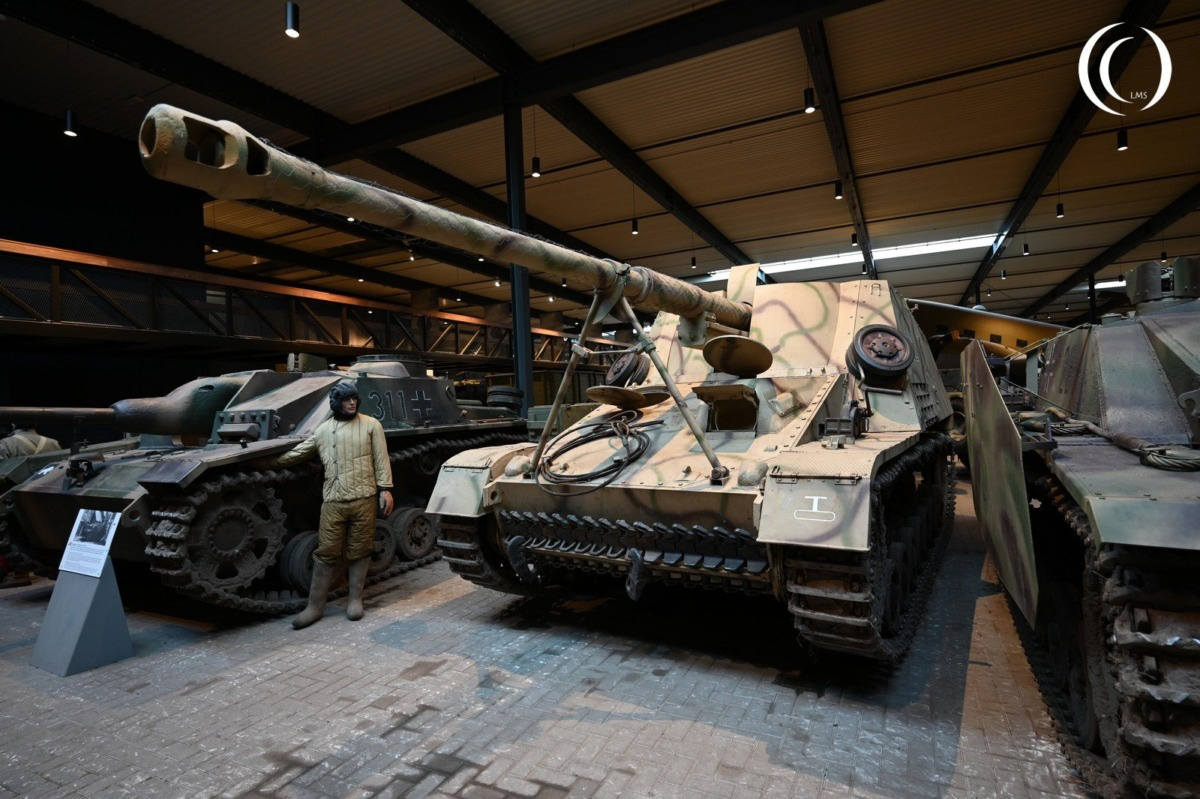
Design and Development
The Nashorn was based on a hybrid chassis combining components from the Panzer III and Panzer IV tanks, specifically utilizing the Geschützwagen III/IV chassis. The same chassis was used with the Sd.Kfz. 165 Hummel Heavy Field Howitser. This allowed for a relatively quick development process and the use of existing supply chains. The vehicle was designed by Alkett, and production began in early 1943.
The primary design focus was to mount the long-barreled 8.8 cm Pak 43/1 L/71 anti-tank gun, one of the most effective AT weapons of the war. However, to maintain mobility and reduce weight, the Nashorn sacrificed armor protection, relying on speed, firepower, and range for survivability.
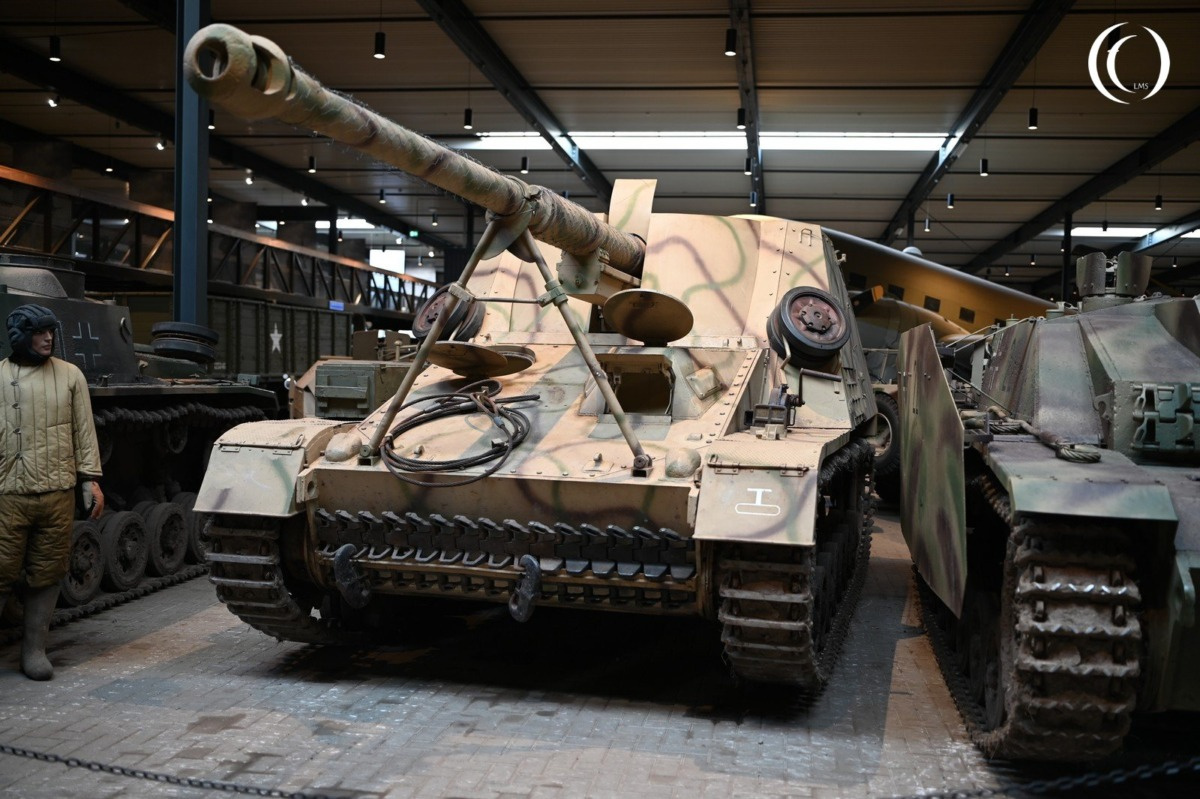
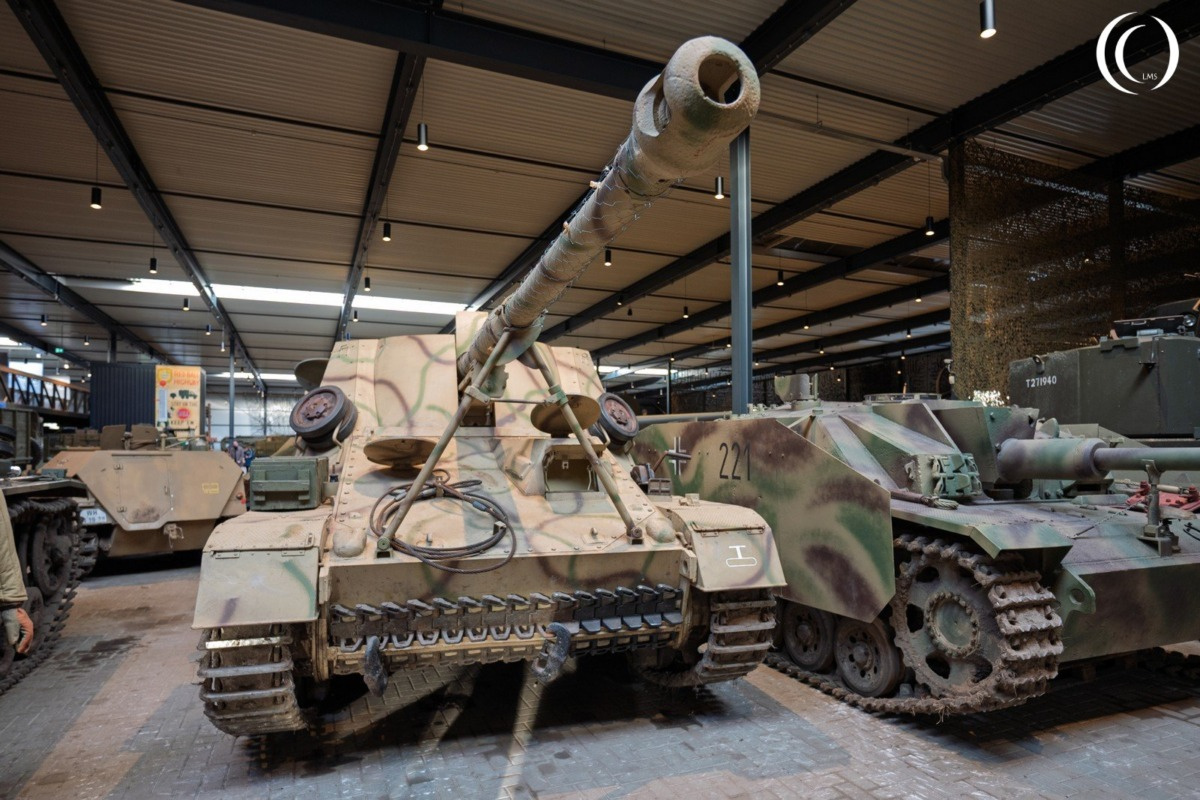
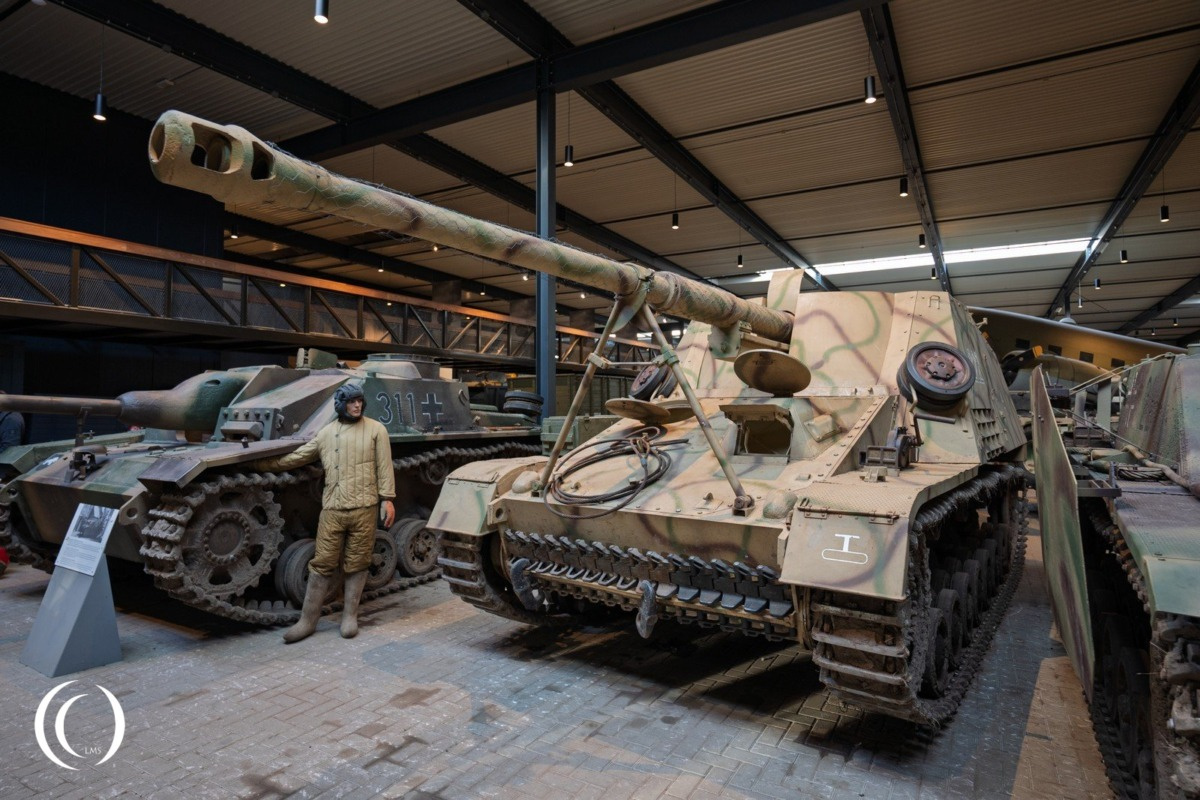
Technical Specifications
The Sd.Kfz. 164 Nashorn had a crew of 5, a commander, driver, gunner, loader and radio operator/ machine gunner. Ith weighed approximately 24 tons and was 8.44 meter long with its gun. The tank destroyer had a width of 2.95 meters and a height of 2.65 m. In comparison an Panzerkampfwagen IV was 2.68 meters high and a Panzerkampfwagen VI Tiger was 3.00 meters high.
Its primary gun was the 8.8 cm Pak 43/1 L/71 gun. This gun had a muzzle velocity of 1,000 m/s (with APCR rounds) and an effective range of over 2,000 meters. It used ammunition types: AP, APCR, HE and had a armor penetration: Up to 200 mm at 1,000 meters with PzGr. 40. Its secondary gun was a 7.92 mm MG34 (occasionally mounted) and personal weapons for crew.
Its armor on the front of the hull was 30 mm, the superstructure sides had 10–20 mm of armor. It had an open-top fighting compartment with 10 mm armor. This only protected against small arms and shell fragments; it was vulnerable to direct hits
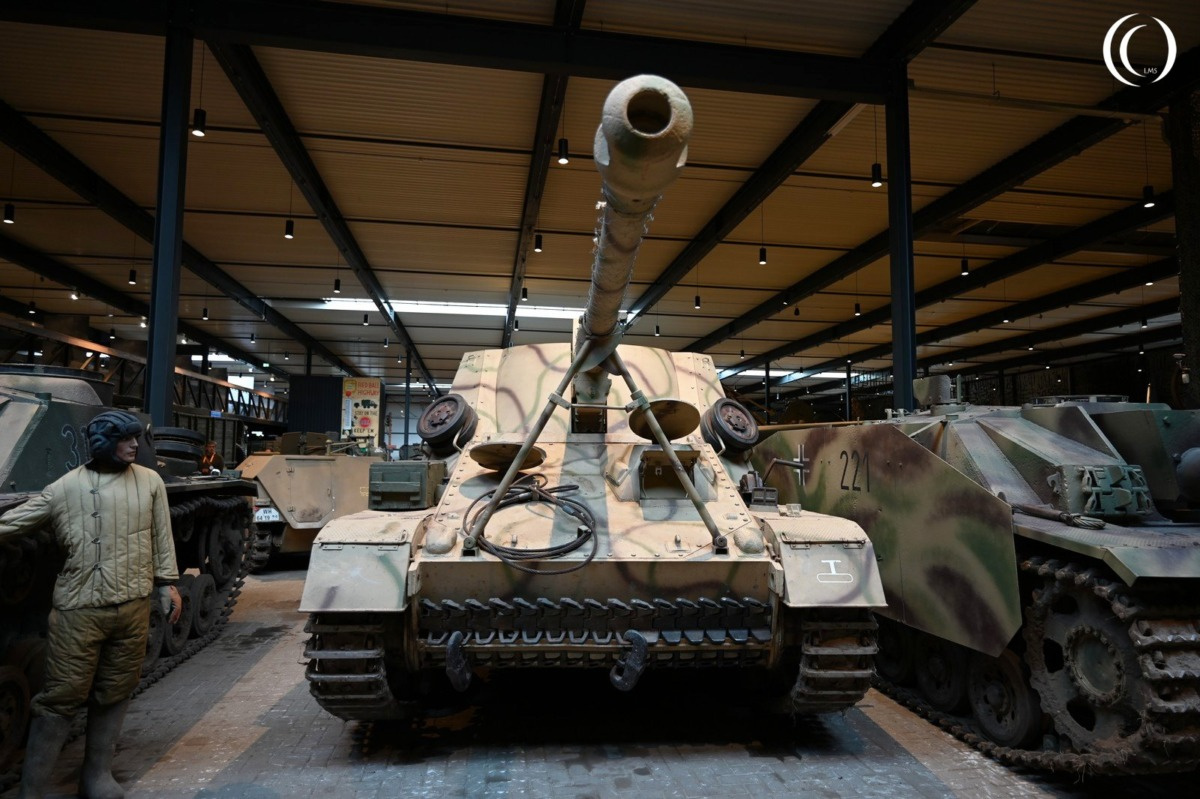
The Nashorn had a Maybach HL 120 TRM V-12 petrol engine with 300 horsepower at 3,000 rpm. Its top speed was 42 km/h on roads and 25 km/h cross-country. The Nashorn had an operational range of 260 km on roads and 130 km off-road. It had a Leaf spring bogie suspension and used a synchromesh transmission with 6 forward gears and 1 reverse.
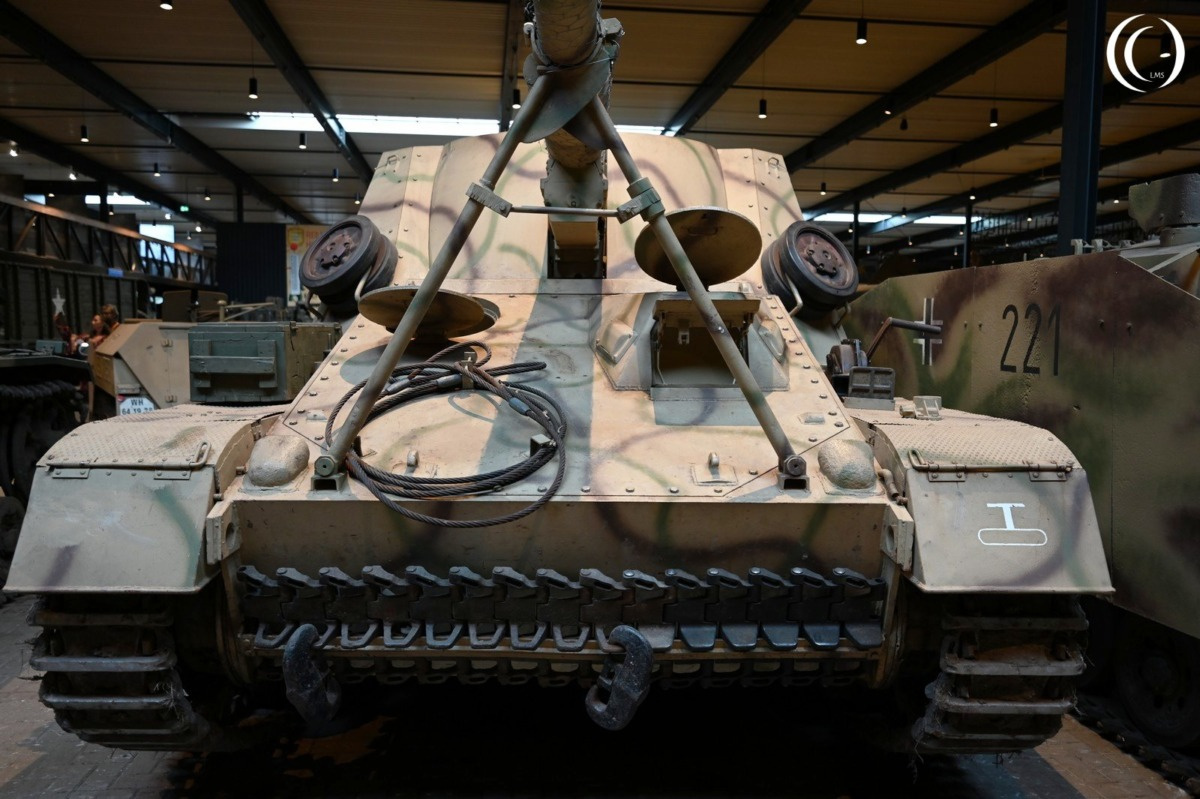
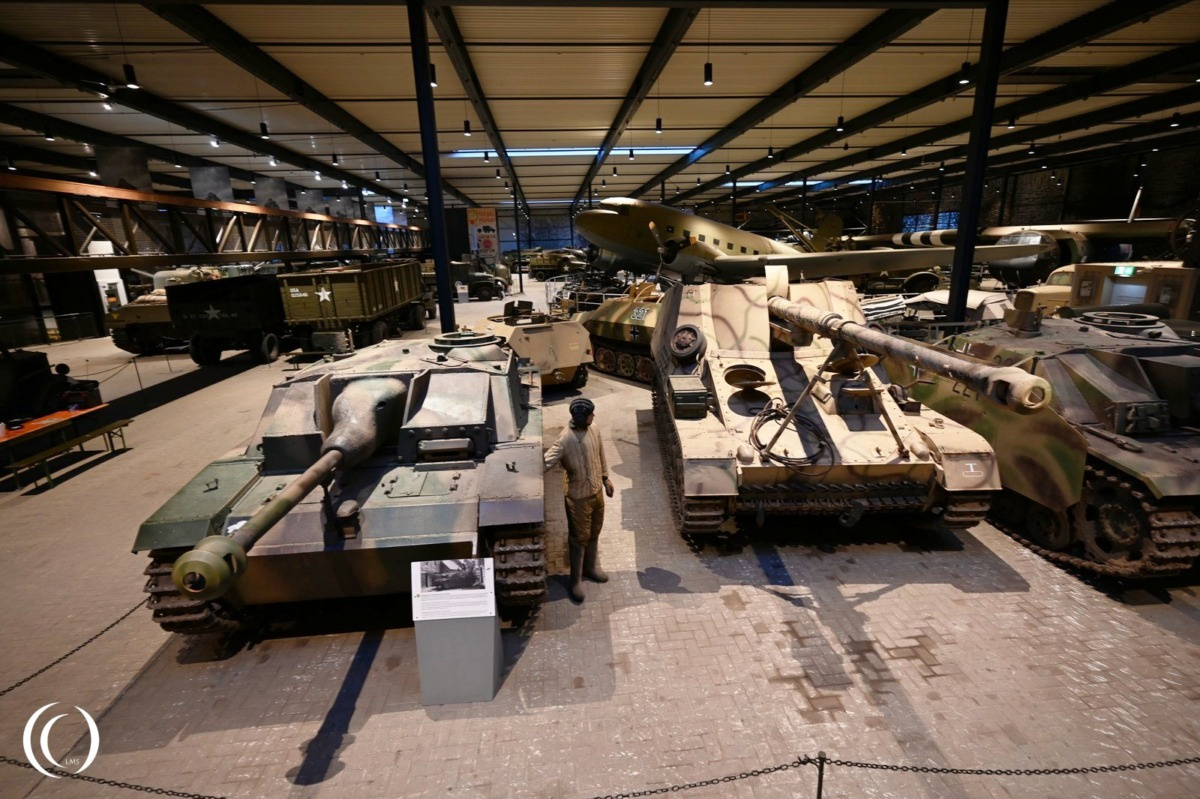
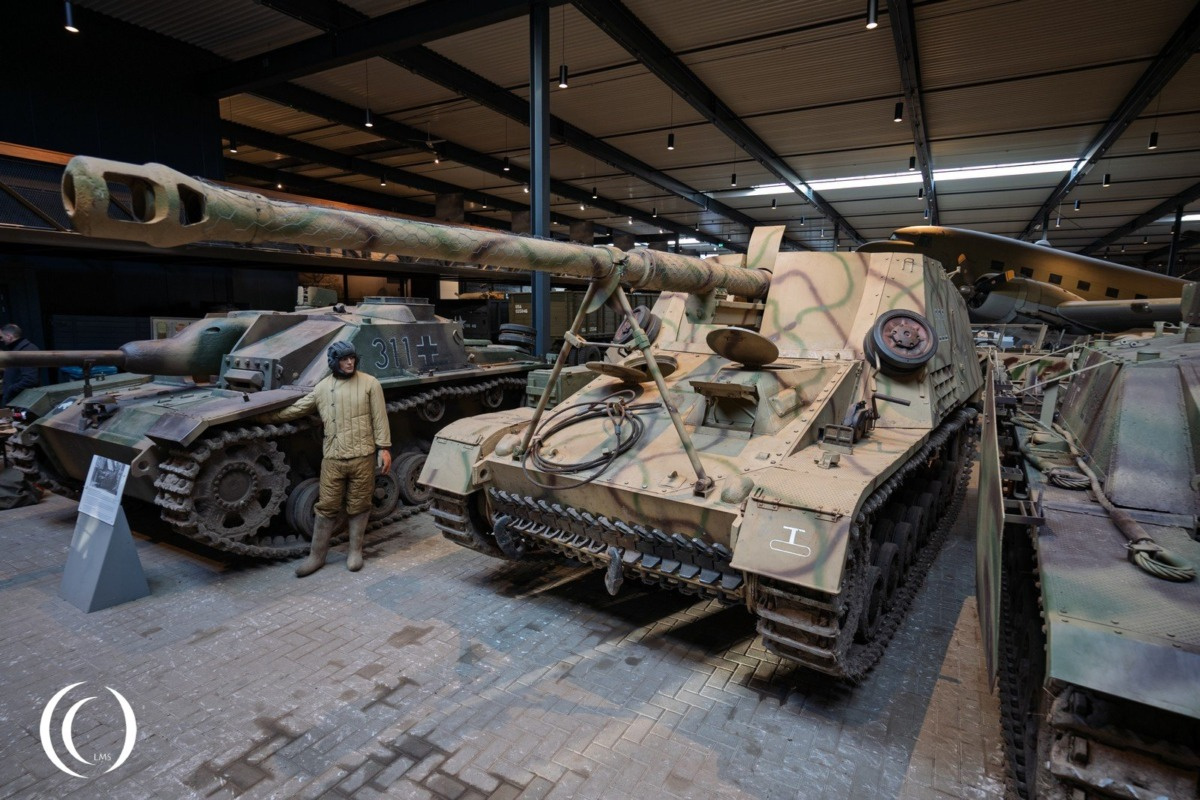
Operational Use
The Nashorn was deployed primarily by Panzerjäger (tank hunter) units and first saw action at the Battle of Kursk in mid-1943 on the eastern front. It was particularly valued for its ability to engage Soviet T-34s, KV-1s, and even IS-series tanks from ranges where return fire was ineffective.
Because of its high silhouette and thin armor, the Nashorn was best used in a defensive, hull-down position or from concealed locations. Its role as a “sniper” tank destroyer meant it rarely operated on the front lines. It excelled in open terrain, where long-range engagements were possible. The Nashorn’s gun was a variant of the Pak 43, closely related to guns used later for the Ferdinand/Elefant, Tiger II and Jagdpanther. Its tungsten carbide–cored round, the Pzgr. 40/43, was capable of penetrating 190 to 200 mm of rolled steel armour at a 30° angle of impact at a distance of 1 km.
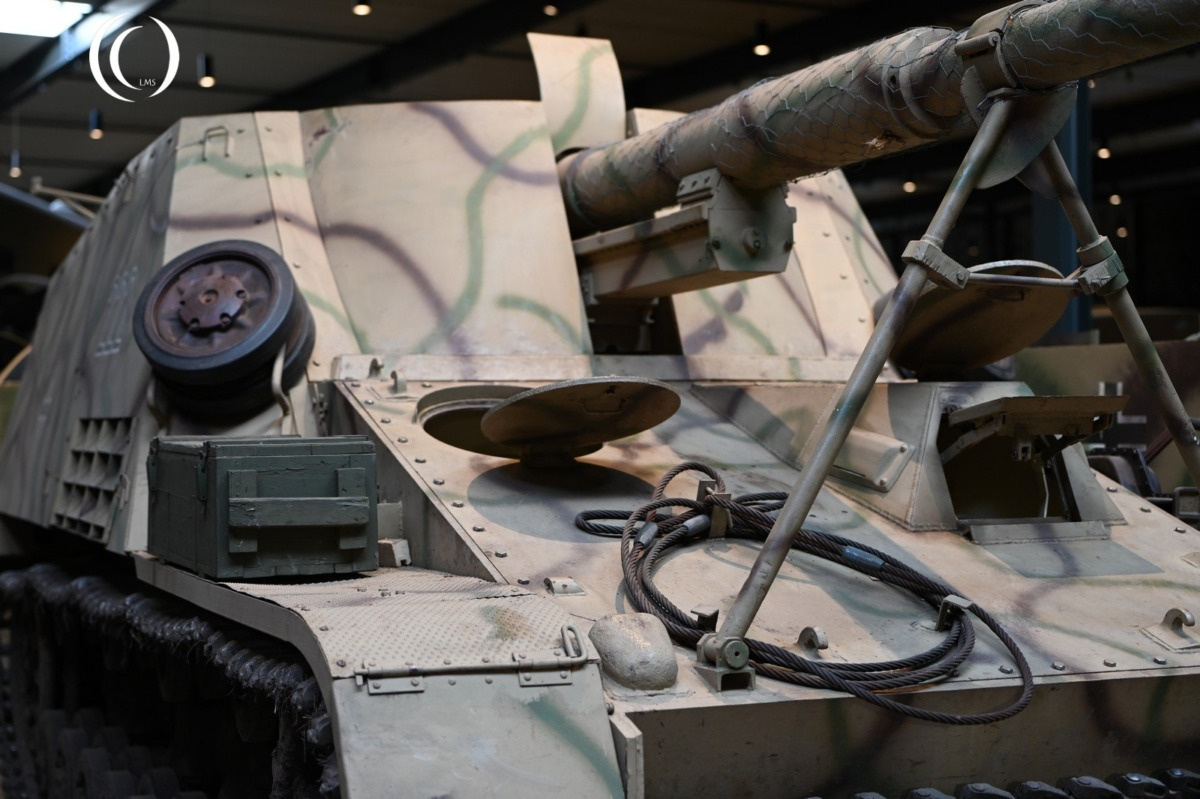
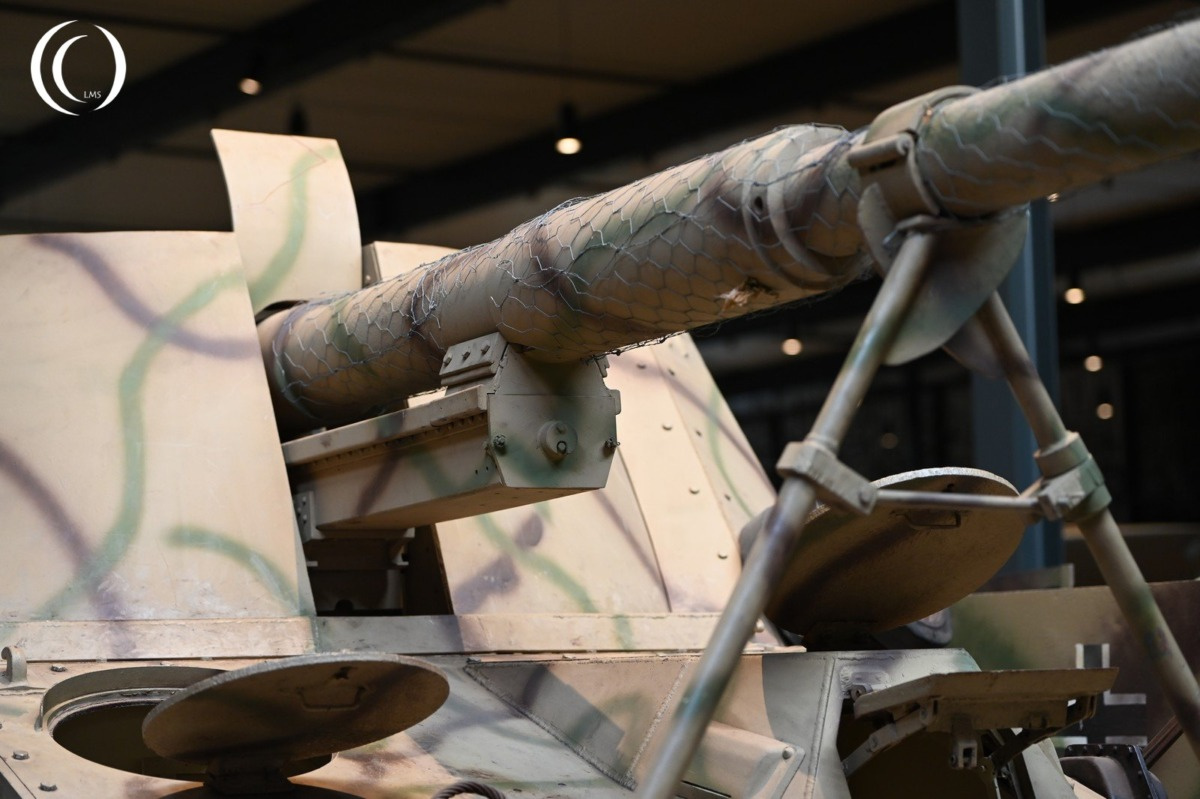
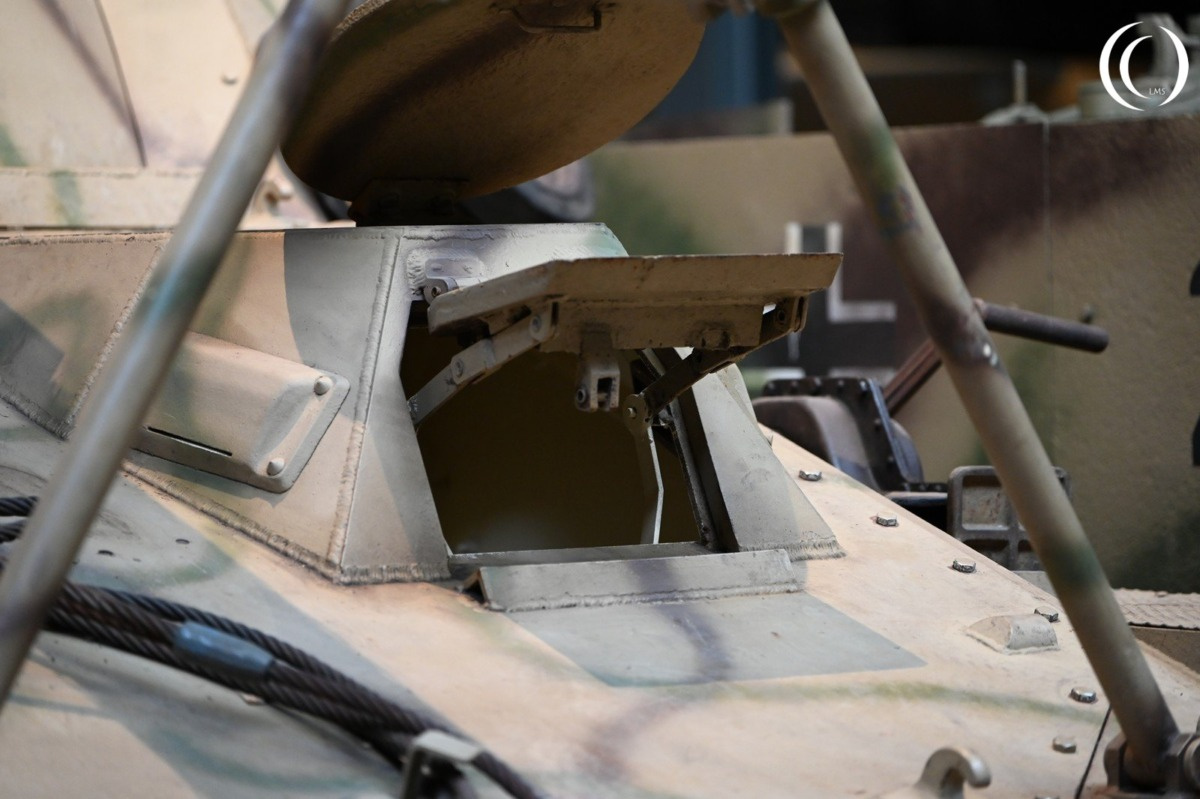
Strengths and Weaknesses
The Nashorn had exceptional firepower. The 8.8 cm Pak 43 was superior to nearly all Allied tank guns at the time in 1943. It had a high accuracy and penetration at long range and had a good mobility which was better than towed anti-tank guns. It was capable of repositioning quickly. But it was poorly armored, and with its height, the open-top fighting compartment with 10mm armor was vulnerable to artillery and air attacks, and close quarter infantry assaults. It was not made for close combat, only from ambush attack moments. The gun platform was built around the powerful 8.8 cm Pak 43 gun for the large open fields in Russia and the Ukraine, where distance was the guns best friend.
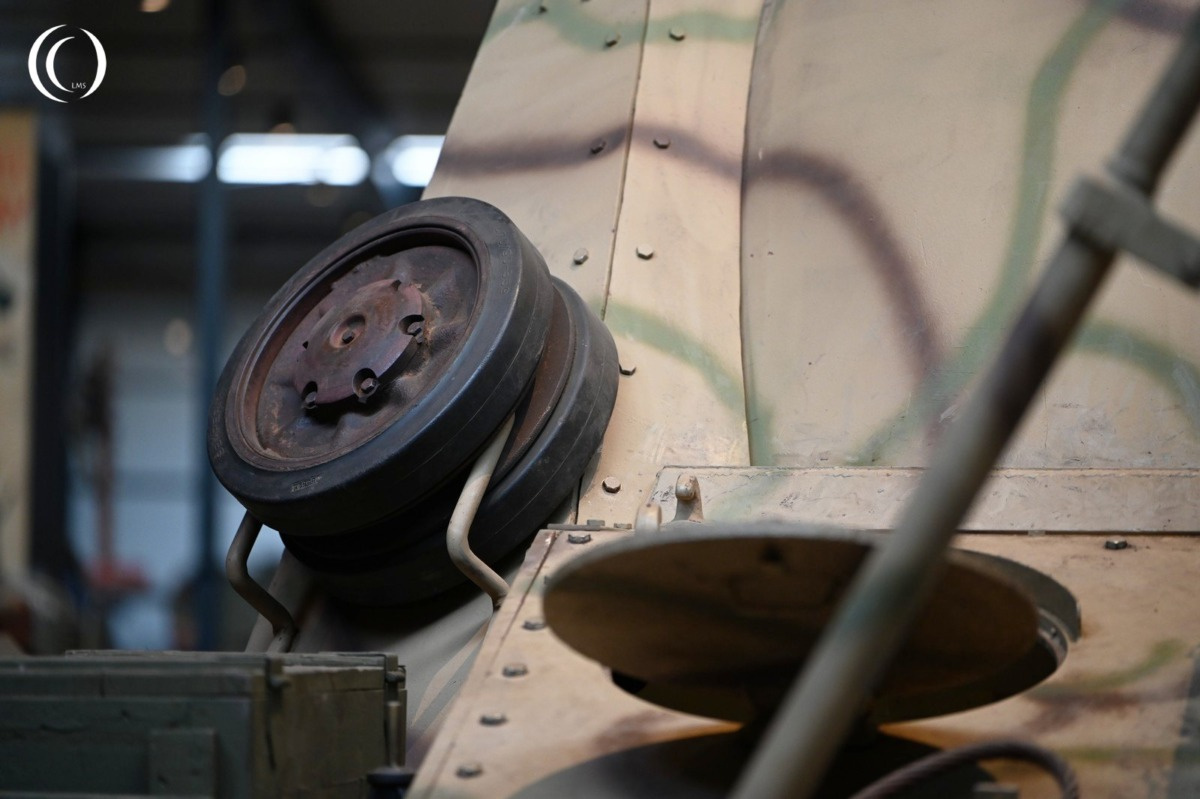
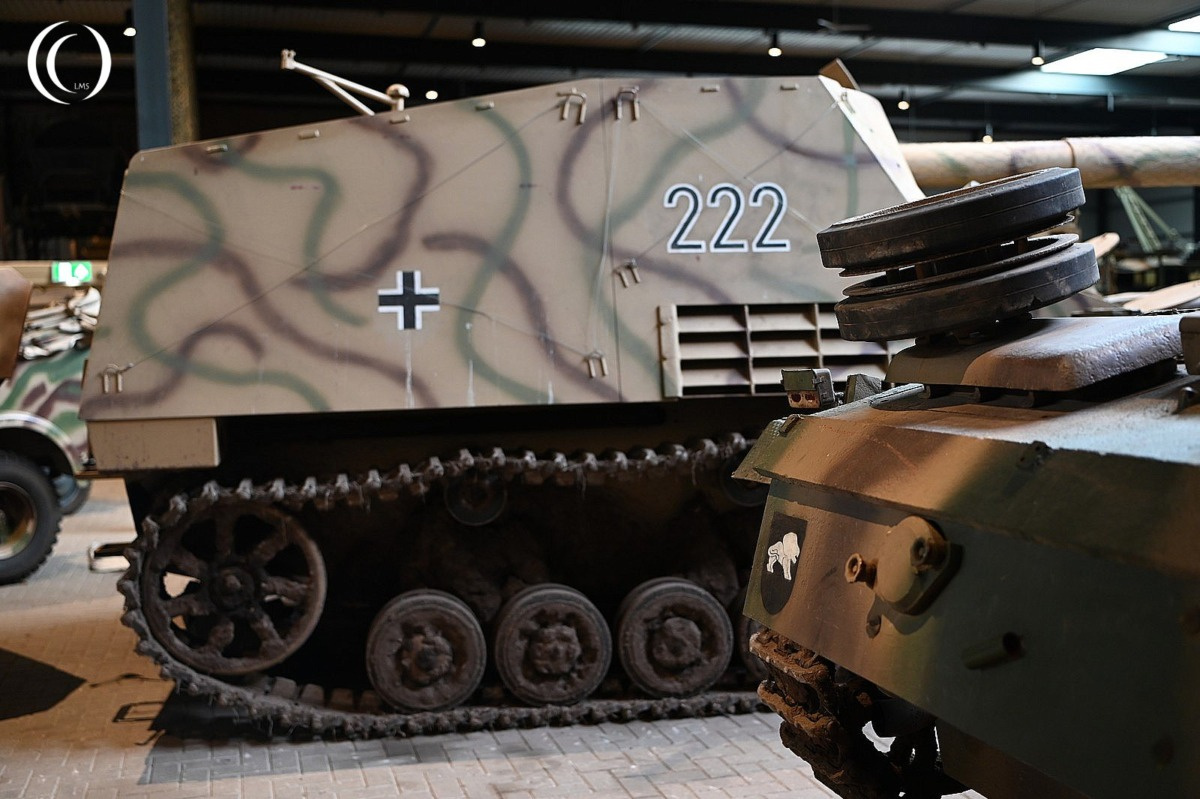
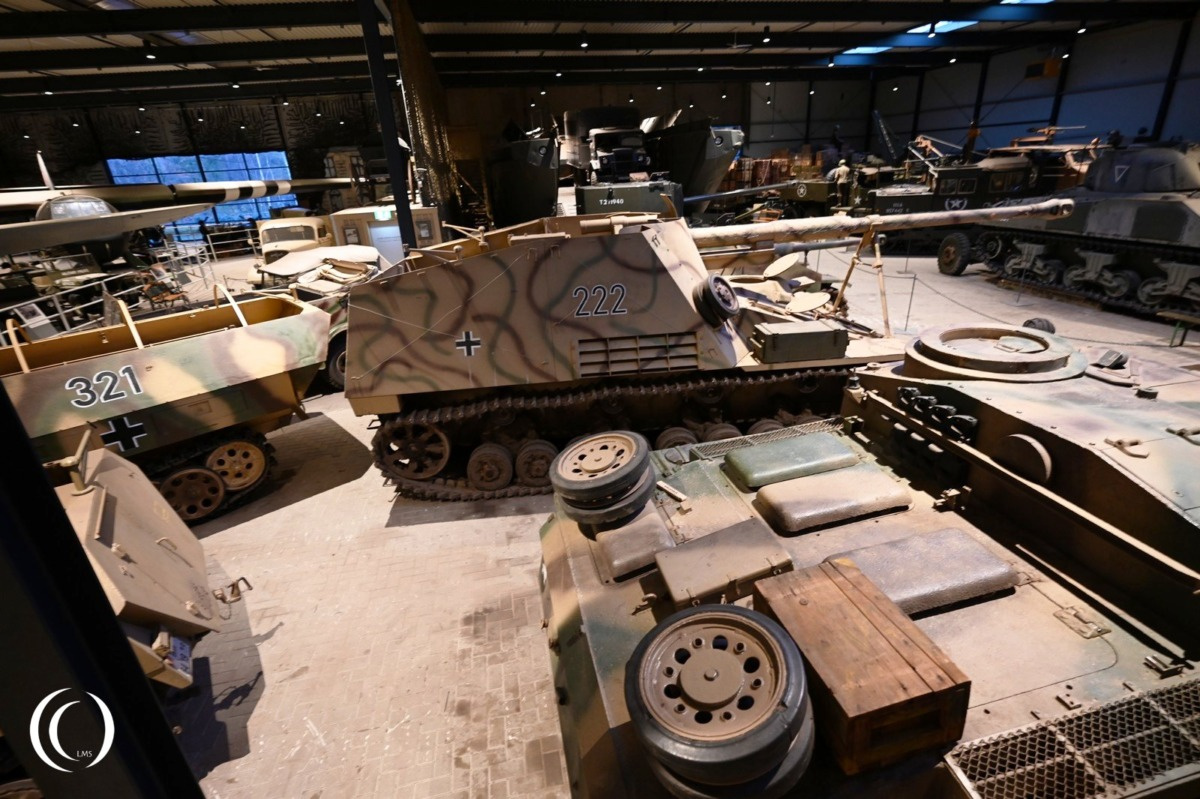
Production and Legacy
Approximately 494 Nashorns were built between February 1943 and March 1945. Though eventually superseded by more heavily armored tank destroyers like the Jagdpanther, the Nashorn remained in use until the end of the war. The Nashorn was a successful interim solution, providing a potent anti-tank platform during a critical period. Its effectiveness in defensive engagements demonstrated the value of mobility and firepower.
The 8.8 cm Pak 43 was the most powerful anti-tank gun in WW2 used by the Wehrmacht, it was installed in the Nashorn, the Ferdinand Tank destroyer, Jagdpanther and the King Tiger (Tiger II).
